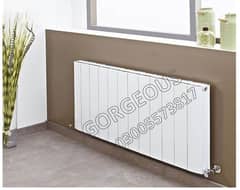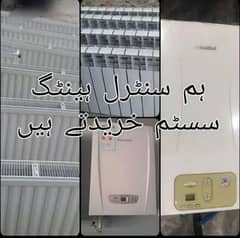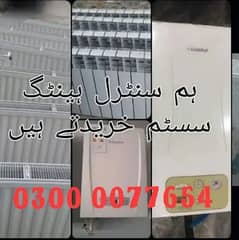
1/ 3
Details
Power SourceElectric & Gas(Dual)
BrandOthers
ConditionUsed
Description
A central heating system is a comprehensive network of components designed to provide warmth to a building or home by distributing heat throughout the space. The system typically consists of:
Main Components:
1. Heat Source (or Boiler): Generates heat, usually using gas, oil, electricity, or renewable energy.
2. Distribution Network: Pipes or ducts transport heated fluid (water or air) to various parts of the building.
3. Emitters (or Radiators): Convert heat from the fluid into warmth, releasing it into the space.
4. Control Systems: Thermostats, timers, and sensors regulate temperature, flow rates, and system operation.
Types of Central Heating Systems:
1. Wet Systems (Hydronic): Water-based systems using boilers, pipes, and radiators.
2. Dry Systems (Forced Air): Air-based systems using furnaces, ducts, and vents.
3. Hybrid Systems: Combining wet and dry systems.
Sub-Components:
1. Pumps: Circulate water or fluid through the system.
2. Valves: Regulate fluid flow and direction.
3. Heat Exchangers: Transfer heat from one fluid to another.
4. Expansion Tanks: Accommodate fluid expansion and contraction.
5. Filters: Clean the fluid to maintain system efficiency.
Related ads
Your safety matters to us!
- Only meet in public / crowded places such as metro stations and malls.
- Never go alone to meet a buyer / seller, always take someone with you.
- Check and inspect the product properly before purchasing it.
- Never pay / transfer any money in advance before inspecting the product.
Ad ID: 1093441782






